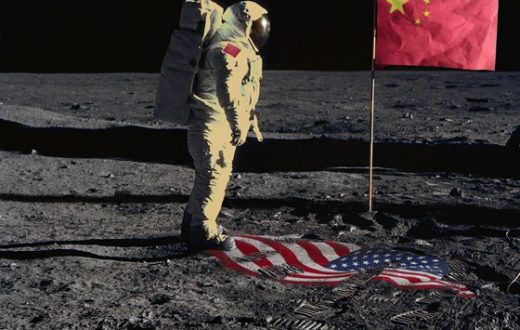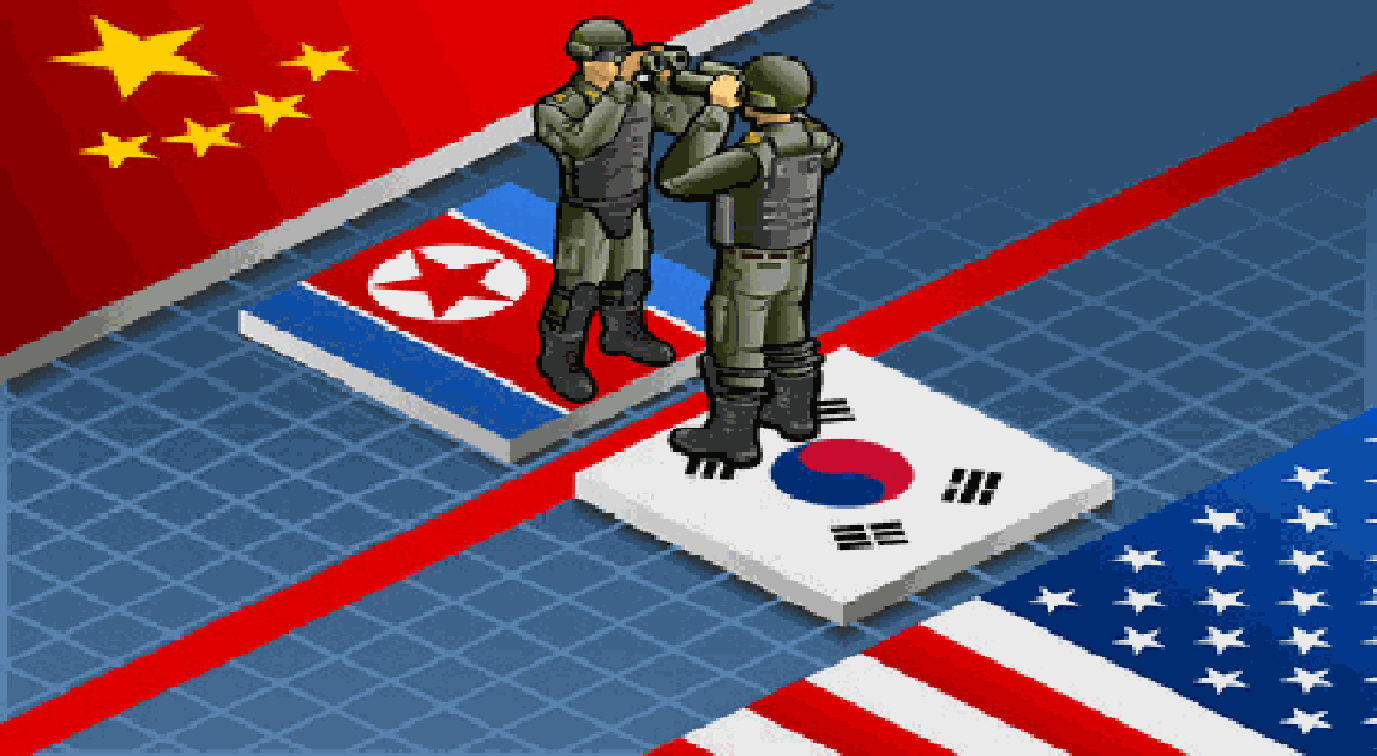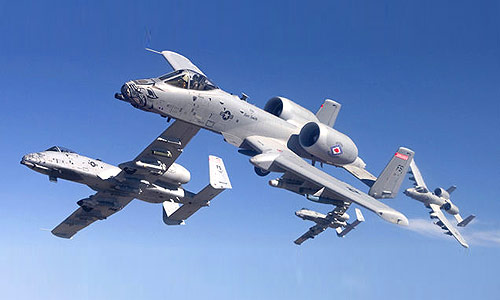Since conducting its first successful nuclear test in 1964, China has maintained one of the least belligerent nuclear policies in the world. But certain changes in technology over the past two decades have forced Beijing to re-evaluate its approach. In the coming years, China will look to revamp its nuclear force to keep its deterrent credible against the increasingly lethal arsenals of the United States and Russia.
Of all the nuclear powers, China was the first to declare a no-first-use nuclear policy, pledging to use its nuclear weapons only against states that launch a nuclear attack against it first. Beijing has also promised never to deploy its nuclear weapons on foreign soil, and it has long opposed the idea of establishing an extended nuclear deterrence. Furthermore, though China has built up an arsenal that is both large and diffuse enough to survive an initial strike, it has avoided engaging in an arms race with the United States and Russia to match their nuclear strength. It also stores its nuclear warheads in a separate location from its delivery systems, mating the two only in times of great tension. In short, Beijing has confined its nuclear program to providing a credible but minimal deterrence.
And for the past few decades, the approach has suited China’s particular needs. Beijing has long understood that it lacks the technological capability, industrial capacity and financial resources needed to keep up with its U.S. and Russian rivals. Joining the massive nuclear arms race of the Cold War would have been a losing proposition, especially since China’s minimal deterrence was effective on its own. (Even though the U.S. and Russian arsenals were vastly superior, China was able to use its expansive geography and numerous underground facilities to maintain its second-strike capability.
Beijing also feared the prospect of keeping its nuclear arsenal on high alert, ready to launch at a moment’s notice. Doing so would have made its missiles more vulnerable to seizure and use by rogue forces, a particularly troubling possibility for Beijing during periods of political turbulence, such as the Cultural Revolution. Because of its minimal deterrence policy, China has been better able to ensure that it retains control of its nuclear arsenal.
Beijing’s nuclear doctrine has given it more room to maneuver in its interactions with other nuclear states as well. For example, its own refusal to extend its nuclear deterrence outside its borders has given China the ability to similarly denounce the inclusion of neighboring Japan under the U.S. nuclear umbrella. In addition, China’s stance has likely done less to drive countries in its region, including South Korea and Japan, to pursue their own nuclear arsenals than an aggressive approach would have.
Is Beijing Falling Behind?
However, since the end of the Cold War, technological progress has gradually undermined China’s certainty that its nuclear arsenal and policies are enough to protect it. Though the U.S. and Russian nuclear arsenals have gotten smaller, they have also become far more accurate — and as a result, more deadly. At the same time, new technologies have dramatically improved countries’ intelligence, surveillance and reconnaissance capabilities, while emerging weaponry, such as hypersonic missiles, is undermining traditional missile defense systems. Each of these developments has weakened Beijing’s ability to rely on its vast territory and underground facilities to protect its nuclear arsenal from attack. The United States, for instance, is in theory much more able to find and destroy China’s nuclear missiles now — no matter where they are located in the country’s expansive terrain — than it was during the Cold War.
Beijing has similar concerns about its nuclear weapons’ offensive effectiveness. Advances in ballistic missile defenses have raised the question among Chinese leaders as to whether their nuclear weapons, should they survive a first strike, would even be able to penetrate an enemy’s defenses.
As China’s assessment of its nuclear posture changes, so will its patterns of investment and technological development. Beijing has already begun pouring more money into the sea leg of its nuclear triad, launching its first nuclear ballistic missile submarine patrol last year. Nuclear submarines are difficult to detect, and their exposure to danger can be reduced when they are used as part of a bastion strategy, which involves protecting nearby seas without venturing too far from Chinese ports. China’s ability to pursue nuclear ballistic missile submarines, which require nuclear warheads to be mated with their delivery systems, can be credited at least in part to Beijing’s growing assurance that it can keep its arsenal secure. The same confidence will encourage the Chinese to start wedding the two sets of components in land-based systems as well, enabling Beijing to order a more immediate nuclear response to any incoming attack.
Meanwhile, China will also continue to grow its nuclear arsenal in a way that improves its chances of surviving an enemy assault. The Chinese are not only moving their missiles from fixed silos to mobile platforms, which are more difficult to target, but they are also building nuclear missiles that have a much longer reach and can be launched from deep in the heart of China. These missiles include the DF-41, the world’s longest-ranged nuclear missile. Moreover, China will begin to rely more on missiles equipped with multiple independently targetable re-entry vehicles, or MIRVs, rather than single warheads. Such missiles have a better chance of making it past an enemy’s ballistic missile defenses with at least some of their warheads intact.
China’s nuclear force alterations will not mean the abandonment of its long-standing no-first-use and minimal deterrence policies. In fact, from its perspective, arsenal upgrades are a necessary measure for maintaining the credible threat underpinning those policies. However, other states are unlikely to assume such benign motives and will remain wary of China’s actions. Rapidly advancing nuclear powers with roughly equivalent arsenals, such as India, may interpret Beijing’s moves as the initial signs of an impending arms race. Even China’s non-nuclear rivals, including Japan, could respond by reviewing their own nuclear positions. Meanwhile, the United States and Russia, ever cognizant of China’s increasingly powerful nuclear arsenal, will try to tamp down Beijing’s efforts by integrating it into future arms control agreements.







